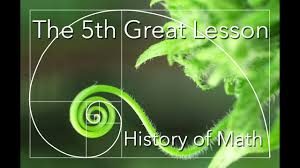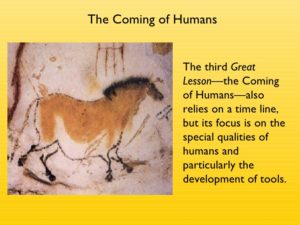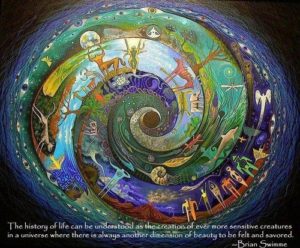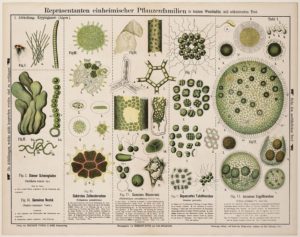Month: May 2018
The Third Great Lesson: Coming of Human Beings
The next Great Lesson is the Coming of Human Beings. This lesson involves a timeline with a tool and a human hand to talk about the three gifts that make humans special: a mind to imagine, a hand to do work, and a heart that can love. This lesson will lead children to study the beginning of civilizations and the needs of early humans.
This lesson leads to the study of:
History: timelines, prehistory, ancient civilizations, world history, history of specific countries and continents
Culture: art, artists, music, composers, dance, drama, architecture, design, philosophy, religion, grace and courtesy
Social Studies: current events, government, economics, commerce, volunteering & charity
Discovery & Invention: scientists, inventors, scientific method, inventions, simple machines
Source: www.montessoriforeveryone.com
The Second Great Lesson: Coming of Life
The Second Great Lesson involves the coming of life. This lesson revolves around the Timeline of Life, a long chart with pictures and information about microorganisms, plants, and animals that have lived (or now live) on the earth. The great diversity of life is emphasized, and special care is paid to the “jobs” that each living thing does to contribute to life on earth.
This lesson leads to the study of:
- Biology: cells, organized groups, five kingdoms, specimens, dissection, observation, use of microscope
- Botany: study of plants, classification, functions, parts of plants (seed, fruit, leaf, stem, root, flower), types of plants
- Habitats: location, characteristics, food chains/webs, symbiosis, adaptation, ecosystems, conservation
- Ancient Life: eras of the earth, evolution, extinction, fossil records, excavation
- Animals: classification, needs, similarities/differences, human systems, nutrition, hygiene
- Monera, Protista, and Fungi Kingdoms: what they are, classification, observation
Source: www.montessoriforeveryone.com

 Our Village Montessori
Our Village Montessori About Montessori
About Montessori Calendar
Calendar Blog
Blog Admissions
Admissions Contact
Contact





501.944.4483